The mountains are beautiful in winter, but if we do not prepare properly for the hike, it may become a torment rather than a pleasure. I also know this from my own experience ;)
Some of the following may seem obvious, but if you have no experience with winter hiking, you may simply not think about them when packing for your trip. And then, during the trip, all you think about is that it will end because you are cold, hungry and tired. However, inadequate preparation and planning of the route does not only result in a lack of pleasure from the trip. In some cases, this can result in very dangerous situations.
Read on to know what to remember to make your winter mountain hike pleasant and safe.
1. The wind increases the feeling of cold
Strong winds can make the temperature felt even a dozen or so Celsius degrees lower than the one on the thermometer. You may feel warm walking through the forest, but as soon as you step out into the open, it becomes much colder. The wind is often stronger in the mountains than in the city, so check the weather forecast not for the town you are starting from, but for the peak you plan to climb and always check the wind speed. You can check the forecast for mountain peaks, among others on meteoblue.com and mountain-forecast.com.
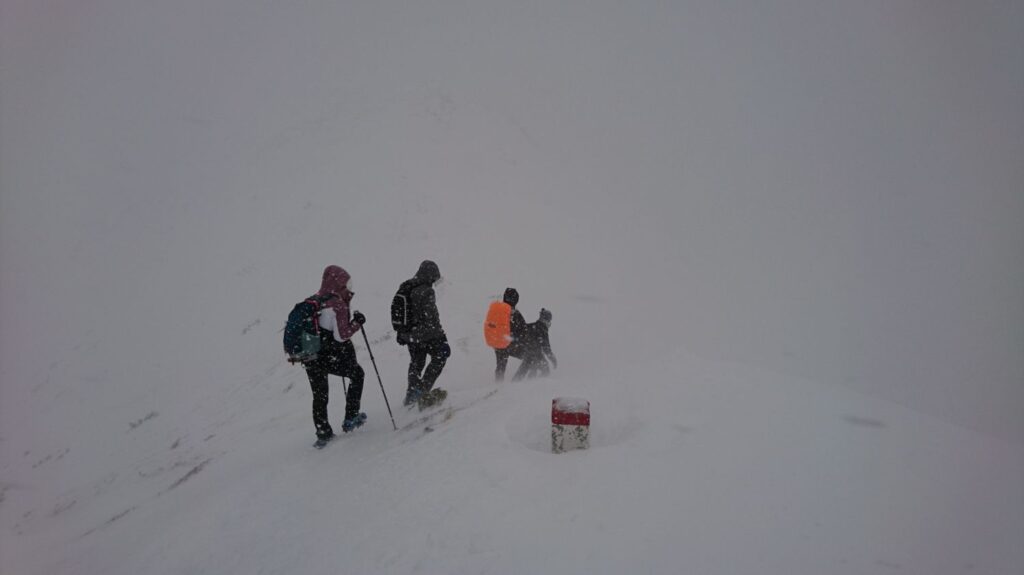
2. Batteries discharge faster in low temperatures
Therefore, in winter, be sure to take a power bank with you. I also put it in a warm sock so that it doesn’t get cold. Pockets in a sweatshirt are also useful – a phone kept in this place, close to the body, will be much warmer than in a jacket pocket or backpack. You can also extend its working time by turning off Wi-Fi and data transfer and dimming the screen. If you use a smartphone for navigation, use an application that allows you to download a map and use it offline later. For example, the mapy.cz application has this function. It is also good to have a paper map with you in case the electronics fail.
Remember that batteries and accumulators in headlamps also discharge faster in frost.
3. Walking is slower in winter
How much slower depends on the conditions. If the snow is well trodden, you can move quickly on it, but fresh, untrodden snow slows you down significantly.
A good source of information about conditions on mountain trails are Facebook groups, for example in Poland the “Aktualne warunki w górach” group. It’s worth visiting if you want to know what to expect.
Moreover, if you have no experience in hiking in the mountains in winter, you may make mistakes in choosing the right clothing. If you are cold, your muscles will not have full strength. On the other hand, if you dress too warmly, you will sweat, which may lead to dehydration, especially since low temperatures reduce the feeling of thirst.
So don’t assume that you will complete a given route as quickly as you did it in the summer.
4. It’s easier to get lost in winter
The worst conditions is thick clouds and a snowstorm covering the traces left by previous tourists. Trail marker poles like the one in the photo below are often helpful in these situations.
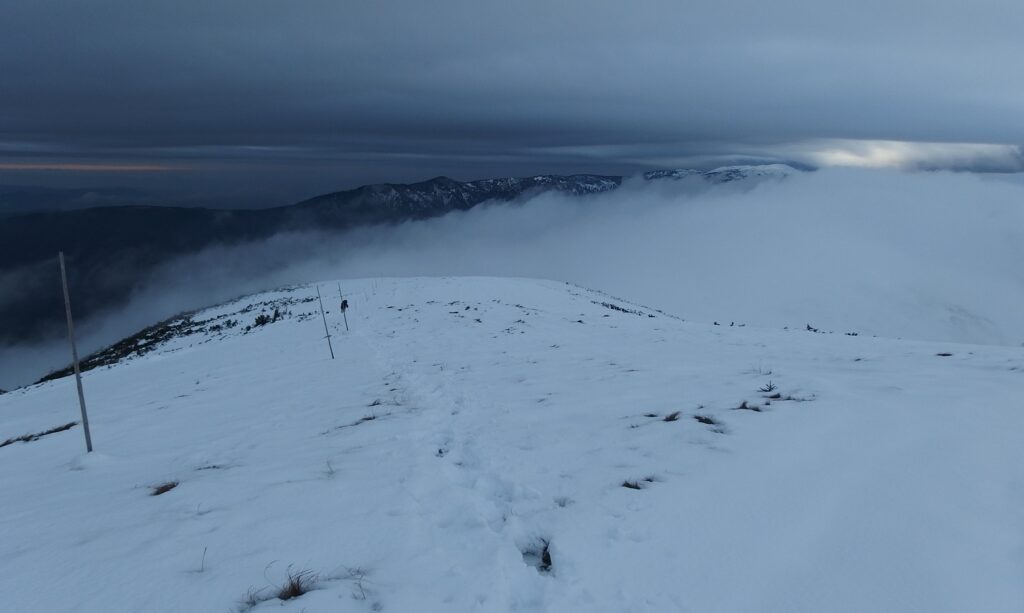
It’s worse when they don’t exist. Then, being in an open space, it is easy to lose orientation. You can also get lost in the forest if the snow has covered the trail markings on the trees and the trail itself is untrodden.
This, combined with points 1 and 3, means that it is worth having enough food and drink and extra clothing with you, because it may happen that you will spend more time in the mountains than planned and it will be colder than you expected. Ideally, it would be clothing that you can wear on top, because taking off your jacket in frost or, even worse, in a snowstorm, to put something underneath is not pleasant. Just in case, it is also worth having emergency blanket and chemical heaters, i.e. sachets that start giving off heat after being removed from the packaging and work for several hours. They warm best when placed on the chest (but not directly on the skin).
5. Chocolate bars freeze
In winter, biscuits, cereal cookies, etc. work better. A simple chocolate is also fine, because when it freezes, you can break it and suck it piece by piece, but eating a frozen bar, such as a Mars or Snickers bar, is really a challenge! If you can’t do without such snacks, then keep them in your pocket as close to your body as possible, not in your backpack.
Of course, water and other drinks also freeze. If the temperature is only slightly below zero, you can wrap the bottle in warm clothes, but in case of greater frost you will not be able to do without a thermos.
6. Jeans and sweatpants don’t work
First of all, such pants do not protect you from the wind at all, so in windy weather you will feel cold in them, even if you wear something underneath. Secondly, if the trail is not well trodden, your trouser legs will quickly be covered in snow, and that certainly won’t be pleasant. Also, you won’t be able to take a break sitting on a snow-covered stone, because your pants will get wet immediately.

The best pants will be those made specifically for winter hiking. I really like my Decathlon pants, which have a hook on the front legs to attach to the laces. Thanks to this, I can walk in deep snow without wearing gaiters and the snow does not fall into my shoes.

Ski pants can also work well, although they may be too warm when it’s slightly frosty.
7. Snow reflects sunlight
Therefore, it is worth taking sunglasses, and if there is going to be a lot of sun, also sunscreen. I don’t like wearing glasses and in the summer I often wear a baseball cap, but in the winter it doesn’t work because the snow reflects the rays, so the sun also shines from below.
It is also worth knowing that low clouds are much more common in winter than in summer. So it may happen that it will be ugly and gloomy at the bottom, but higher up you will find beautiful sun and great views above the clouds.
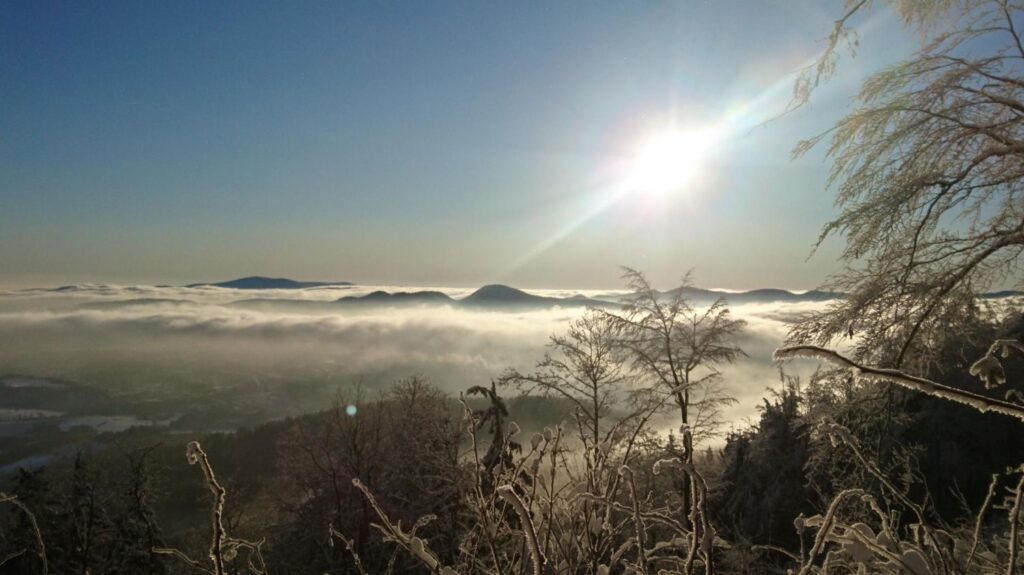

8. New shoes sometimes rub
Summer shoes can also chafe, but I think that winter high-tops are more likely to cause irritation. Before a long trip, it is worth taking them apart, for example by walking in the park. If you haven’t done this, be sure to take plasters with you for any abrasions. Personally, I recommend climbing tape that stick firmly to the skin.
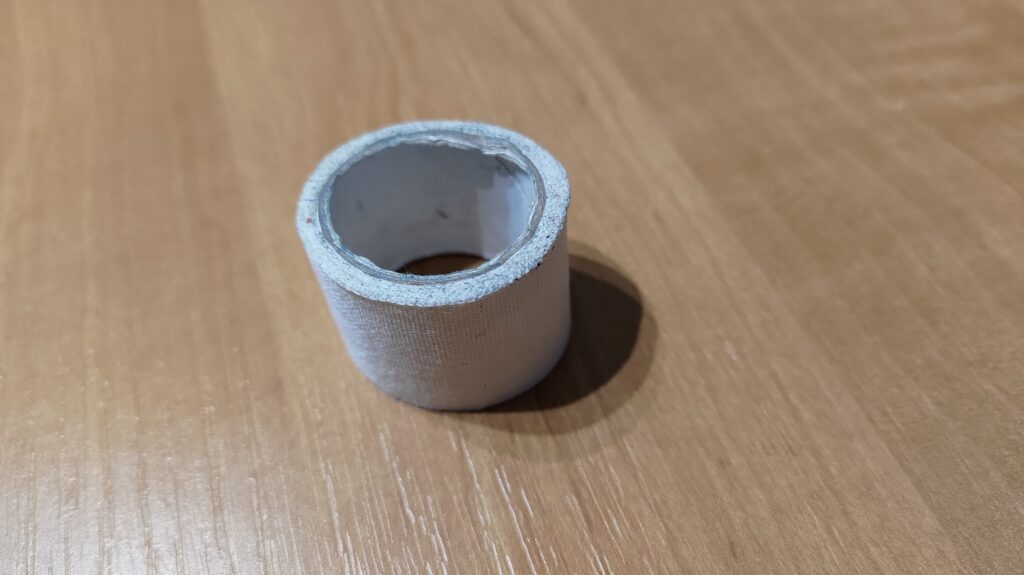
9. Cheap micro crampons can be useful even on the easiest trails
You can buy them for several dozen zlotys (I saw them on Allegro for as little as PLN 20, but I don’t know about their quality) and they are very helpful on icy trails, and such conditions can be found even in the Tatra valleys and on the low Sudetes or Beskid hills.
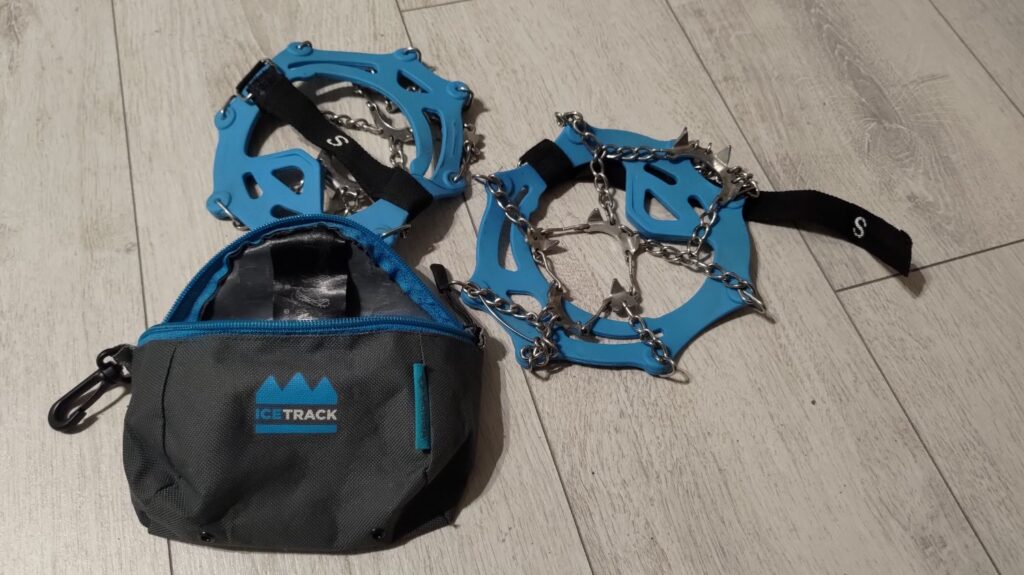
They are light, take up little space in a backpack, are quick to put on and comfortable to walk in.
But – this is not equipment for steep trails, such as in the higher parts of the Tatra Mountains. Crampons are needed on such trails.
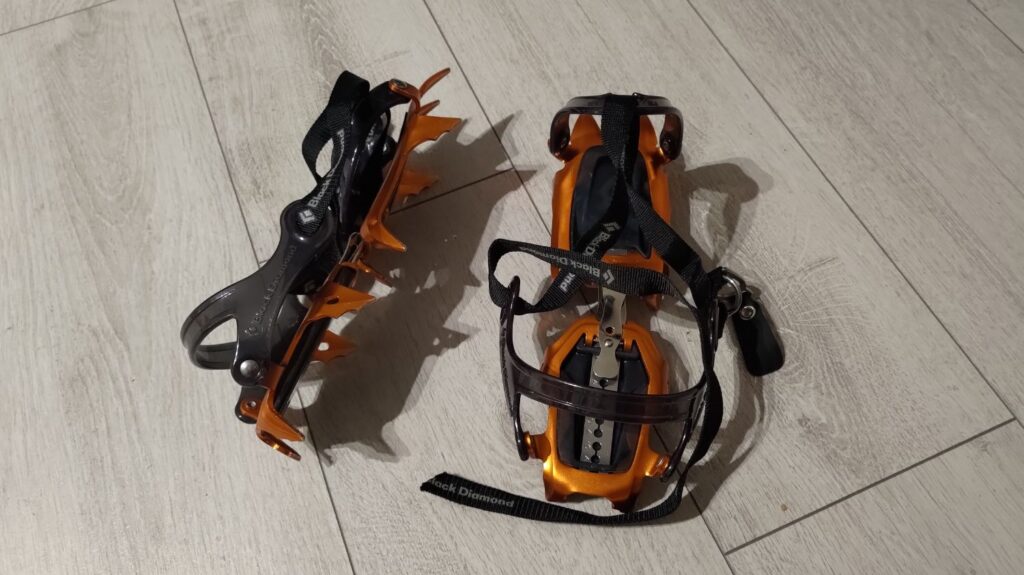
And you have to learn to walk in such equipment. Among other things, you need to get used to taking your steps a little wider than normal, otherwise you can catch the leg of your pant with the tooth of the crampon.
10. An ice axe cannot be held like a pickaxe
I have seen tourists holding an ice axe as if it were a pickaxe and as if they wanted to stick it into the snow or ice. And that’s not how you use it :)
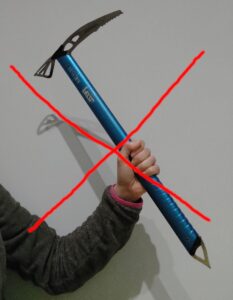
First of all, tourist ice axes are not intended for climbing. Different ice axes are used for climbing and it is a different story than winter trekking. You can use an ice axe for support on a steep slope, but it’s more like a cane than a pickaxe. And its most important function is to stop falls, which may happen when you trip or slip on a steep slope (you can also slip while wearing crampons). For this purpose, the ice axe must be held at the top, with an adze facing forward. You can see how to brake properly in the video below, but of course you won’t learn it just by watching. If you want to be able to do it, find a small, safe hill and practice braking in different positions until you feel like you can do it instinctively.
I had the opportunity to put these skills into practice and that was the moment. I was walking in crampons on the frozen snow, I didn’t feel it was slippery and I just suddenly, completely unexpectedly, started sliding. I don’t remember how far I went before I stopped. But I remember that the feeling in a real, emergency situation is completely different than when you go down specially for training ;) That’s why it’s worth devoting time to training. In a real situation, there will be no time to remind how it should be done. You have to have reflexes.
11. Avalanches kill
In Poland the avalanche danger mainly concerns the Tatra Mountains, but it also appears in the Karkonosze, Bieszczady and sometimes in other mountains. They are determined on a 5-point scale, but even the third degree is a very serious threat to people without appropriate knowledge and experience.
The degree of avalanche danger is determined for the entire large area, which means that locally, i.e. where you are or want to go, the threat may be greater or less and depends on various factors. I won’t talk about these factors, because even though I took a winter course in high-mountain tourism, I feel like I don’t know much about it.
Generally, hiking in the Tatra Mountains in winter above shelters usually involves a greater or lesser risk of avalanches and you have to decide whether you want to take this risk. The problem is that without knowledge and experience, sometimes you may not even know how much risk you are taking in a given place. It’s not always a good idea to follow other people’s footsteps, saying “oh, you can see that people are walking this way, so it’s safe.” First of all, it might have been safe the day before, but now it’s not. And secondly, many people hike in the Tatra Mountains without any avalanche knowledge and the fact that they did not die in an avalanche may only be due to their luck, which the next person may not have.
If you decide to hike in an avalanche-prone area, your risk of death will be slightly reduced by the avalanche rescue kit, i.e. a probe, a transceiver and a shovel. Thanks to this equipment, you can also save someone else buried in an avalanche.
![]()

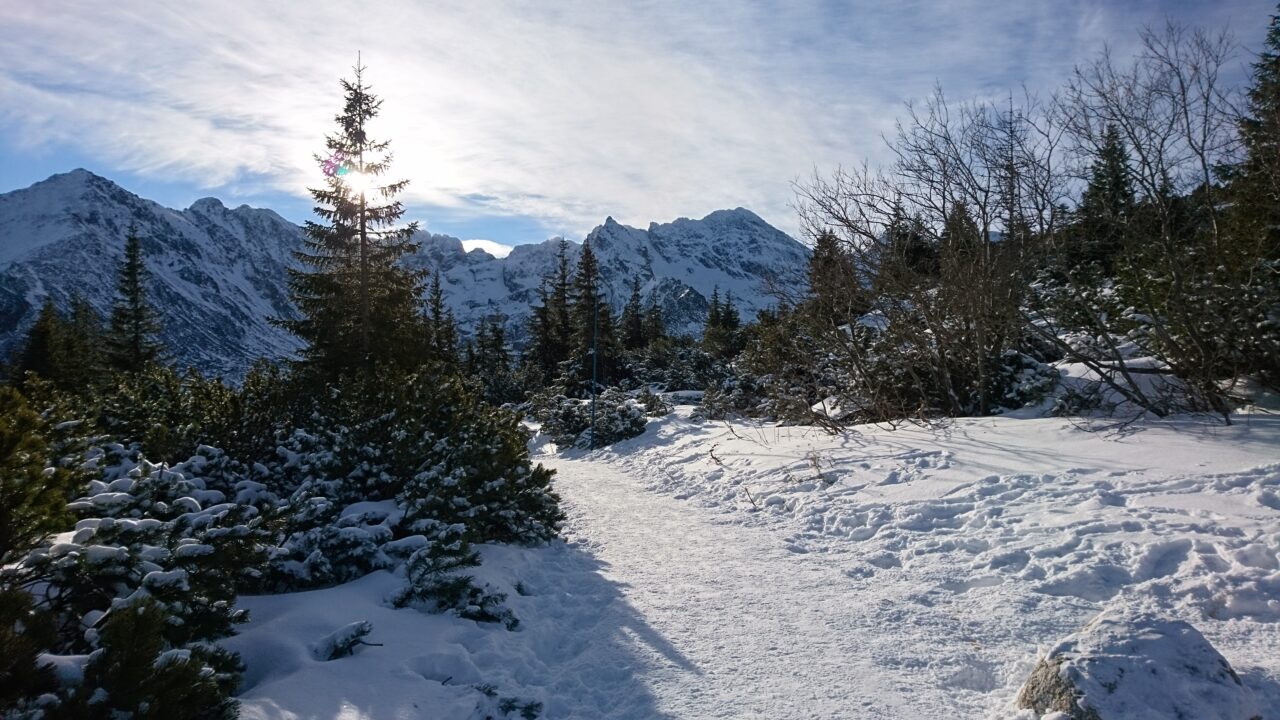

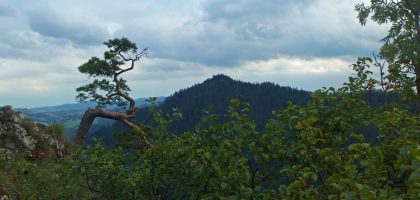



Leave a Reply